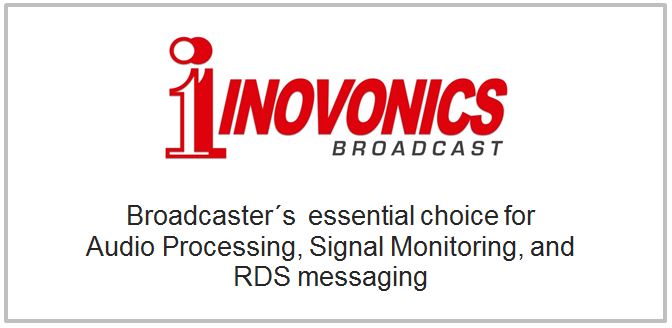RDS/RBDS Encoder
Model 711
RDS/RBDS Encoder
Share on Facebook Share on Twitter
THIS PRODUCT IS NO LONGER IN PRODUCTION.
Inovonics’ 711 is a feature-packed RDS/RBDS Encoder for FM broadcasting. It is fully compliant with NRSC and CENELEC radiodata standards and incorporates the Universal Encoder Communications Protocol (UECP).
The usual format identifiers, translator frequencies and other ‘static’ data are quickly programmed into non-volatile memory using any PC. The Encoder’s serial interface may then be tied directly to station automation for sending song titles, telephone numbers, contest results and promotion or advertising messages. These will immediately be displayed on the listener’s radio.
Another important 711 feature is the “TA Flag.” When your station broadcasts an emergency traffic update, RDS radios automatically tune to your frequency. In some receivers your traffic alert even interrupts cassette or CD playback.


